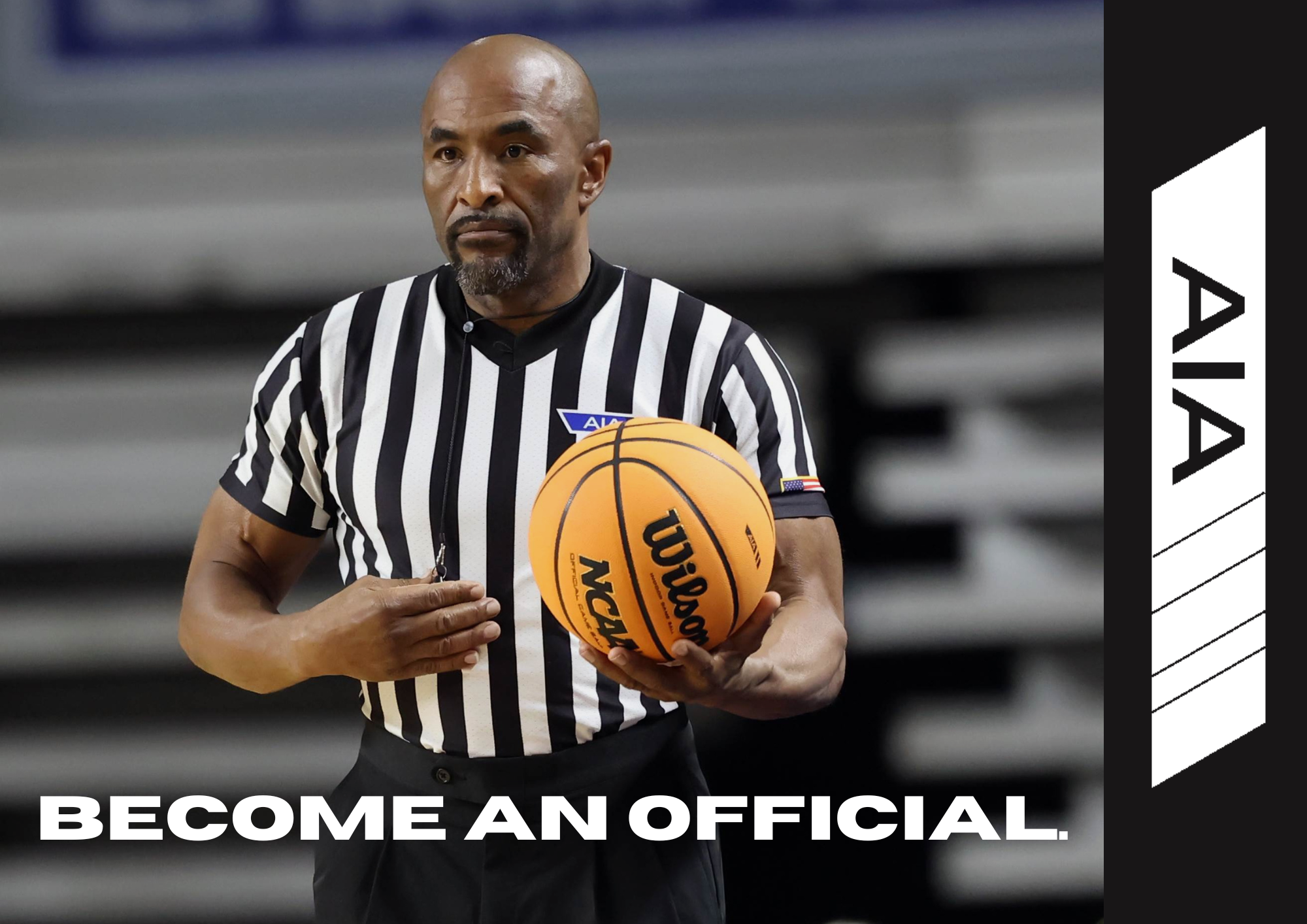Girls’ flag football program is a step in the right direction
December 10, 2022 by Taylyn Hadley, Arizona State University

Taylyn Hadley is an ASU Cronkite School of Journalism student assigned to cover Westwood High School for AZPreps365.com.
Flag football has become a hugely opportunistic sport among girl athletes.
It has also begun to break down barriers and sex differences between girls’ and boys’ athletics. With this in mind, could the next big thing be girls’ tackle football?
Most of the Westwood flag football players have never played football in a competitive format before the start of this program. Not because they did not want to, but simply because they did not have the opportunity to do so.
Trinity Gloria, the junior quarterback on the Warriors girls’ flag football team, knew that she had quite the throwing arm but had never given competitive football a try.
“I had thought about (trying out for the boys’ team),” Gloria said. “The boys don’t think girls can handle it so they didn’t really let us get a chance to try it out.”
This mindset was a common one amongst the team as others were also hesitant to try out for the football program.
“I wanted to (play football) but then I got scared,” sophomore running back Sharylnn Arrula said. “And I was also scared because of concussions and all that.”
Overall, the AIA has a fairly even distribution of boys’ sports to girls’ sports with the exception of football. It offers 13 of the same sports for both girls and boys, including boys’ volleyball.
Although traditionally a girl-dominated sport, boys’ volleyball is offered by the AIA but flag football is not.
This is where Next Level Sports is creating a difference.
NLS is an organization unrelated to the AIA that is bringing multiple sports, including girls flag football to schools in the western region of the United States. In Arizona, the six high schools in Mesa are a part of the program including the Warriors.
The Warriors throw up W’s after their practice. (Photo Provided by Brian Granata)
In just its first year at Westwood, it brought in more than 40 girls at tryouts. With only 25 jerseys to handout, some heavy unexpected cuts had to be made.
Warriors’ flag football coach Brian Granata hopes that because of the outstanding number of girls who wanted to join, that the AIA will soon recognize it as a sport.
“Hopefully by (next year) when everybody has seen what it is and that the girls enjoy it, we can get a varsity and JV going,” Granata said. “We can get a lot more girls out here.”
The next step that the girls hope to see within the program is the implementation of tackle football.
Although the girls showed hesitation about playing contact against boys, they expressed their desires to change the flag program to tackle if it was amongst other girls.
The girls did not understand why they were finally able to play football, but still not at the same level as the boys do.
“I feel like we should have tackle because girls can do the exact same thing that guys can do,” Arrula said. “When they said flag, I was like, ‘Why couldn’t they just let us do tackle?’”
Coach Granata had no doubts that the girls could hold their own in a same-sex match of tackle football.
“The way that some of these girls get after it on the field, they love the contact,” Granata said. “Hey, if they want to put pads on, I’m all for it.”
The support for tackle football did not stop at the athlete and coach level. Sharlynn’s mother was all for the idea of her daughter playing tackle football and knew that she and the other girls could handle the jump if it came along.
“I would prefer (tackle football) because it makes the girls strong,” Korina Palomares said. “I like it because it makes women strong.”
Flag football is a great baseline implementation in order for the Westwood girls to adjust to learning the skills and rules before fully suiting up and making contact.
Both Arrula and Gloria said that they have faced some barriers during their time as young women in athletics. They feel like being a part of the flag football program has allowed them to show off what girls can do for the first time.
“It has shown that we are not just supporters, that we can do the same thing,” Arulla said. “You (girls) have got to show them everything you got to keep it going,” Gloria added.
While Granata is the only flag coach for the Warriors, he could not be more excited for what else this program could jump start within the world of girl’s athletics.
“I think (this girls’ program) is huge,” Granata said. “It’s a good first step in having something that is equal to what the boys are doing.”
Granata further raised a point that the difference in sports offered between girls and boys also carries a discrepancy in the number of scholarships available to each sex.
“I think it’s a good stepping stone and I would like to see if it continues down the flag route, some of the bigger schools picking up on it and giving these girls scholarship opportunities,” Granata said.
He hopes to see an uprise in the demand for flag football spark enough noise and interest for colleges to start developing programs as well. Therefore, providing more funding and scholarship opportunities for girls’ athletics.
While this program cannot be taken for granted as an important milestone for girls’ athletics within the western region, its area of offering is still relatively small and has not yet reached nearly enough districts.
Westwood prepares for a game. (Photo Provided by Brian Granata)
Next Level Sports currently reaches 12 states only going as far east as Georgia and Tennessee.
Brody Hadley and Jonah Koski, who coach a Central Oregon branch of E-Force, spend their weekends leading competitive 7v7 football for college-hopeful athletes.
They were mostly unaware of these types of flag football programs being offered and both said that they would love to see more opportunities like this for girls both nationwide and statewide.
With only two flag football programs offered through Next Level in Oregon in Eugene and Portland, it has been tricky to get a program like this off and running in the Pacific Northwest.
This is especially noticed as a struggle when a state does not have its own professional team to receive help from.
“It starts at the funding process,” Koski said. “If you don’t have an NFL team or big sponsors (in your area) it puts a lot of burden on the athletes itself.”
The closest NFL team for Oregon is the Seahawks in Seattle.
When it comes down to it, coaches and players do not believe that the question is if girls can play football or not in a competitive setting. It is clear that they can and that they want to.
With strong support for the implementation of flag football throughout the western region of the United States, it should only be a matter of time until it is offered as a recognized sport within school districts.
A good start to seeing if programs like this would work out in smaller regions of the country is by sending out surveys to school districts.
“Start it out as a club program and see if there is enough interest,” Hadley said. “Then you can roll out some surveys and see if it is something that girls would want to play.”
In order for the AIA and other state-based programs to recognize flag football as a sport for high school girls, the ball has to start rolling somewhere. Let’s start now.
Even though football is traditionally a male-dominated sport, females have no problem breaking down that barrier.
“If girls can box, be a UFC fighter, or play hockey, then why not football,” Hadley said. “Why not tackle football? Same difference, and if girls want to do it, then more power to them.”


